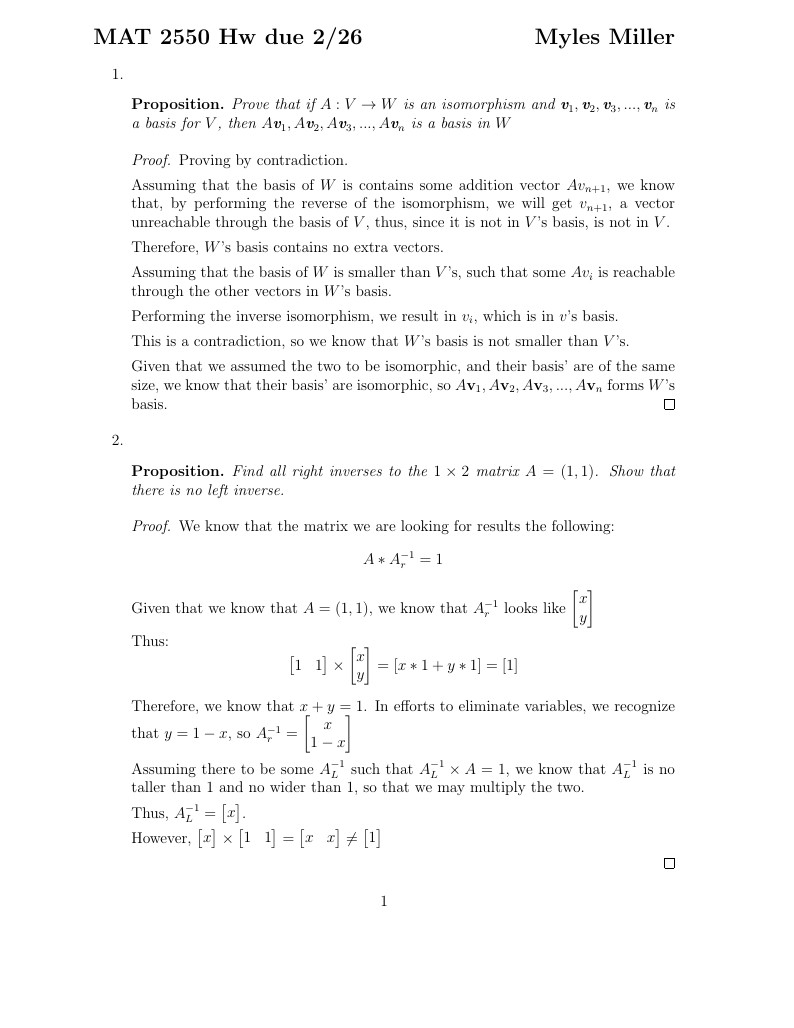最近的
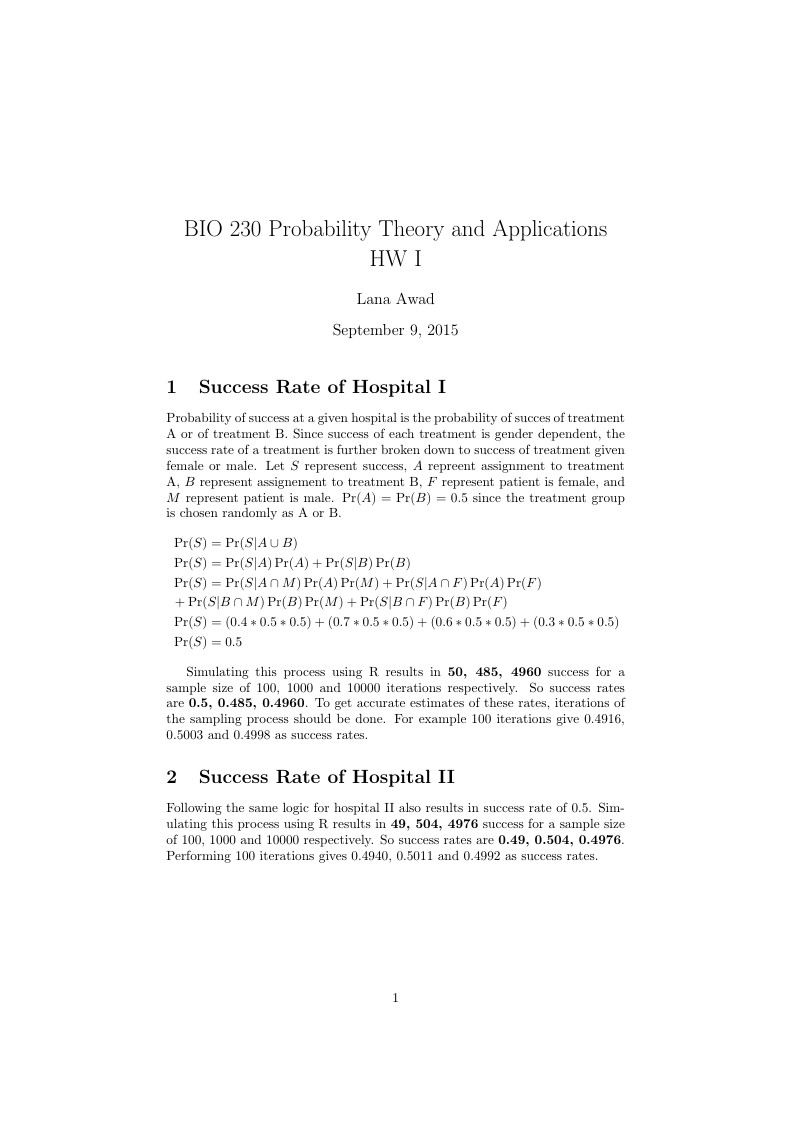
This is only a homework draft
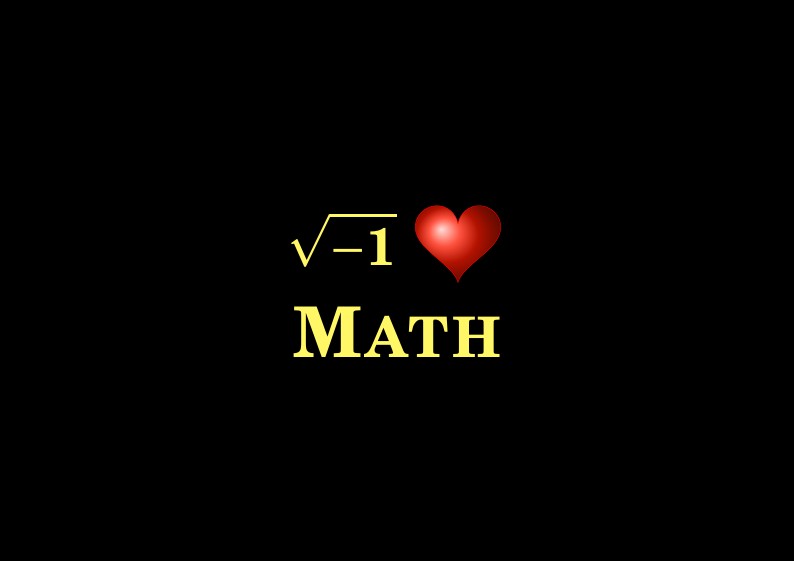
j'aimes les math par une courbe paramétrique de cœur !

Explaining of Neural Network by painting style transfer
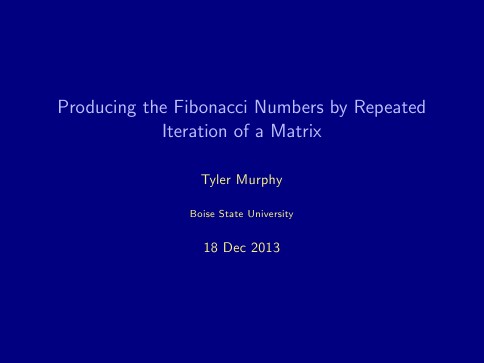
We examine repeated iteration of various matrices from a graphical view, plotting each iterate vector for numerous randomly chosen initial values. Then we examine a specific matrix and how why it generates the Fibonacci sequence.
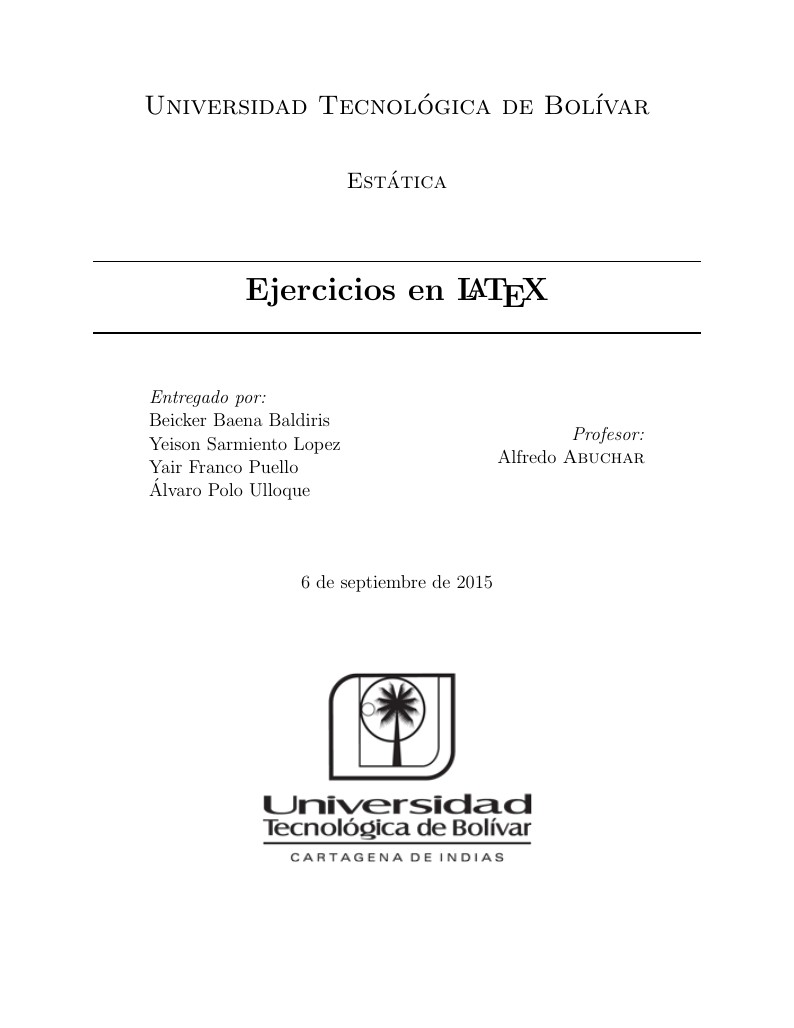
Mathematic homework exercise in LaTeX
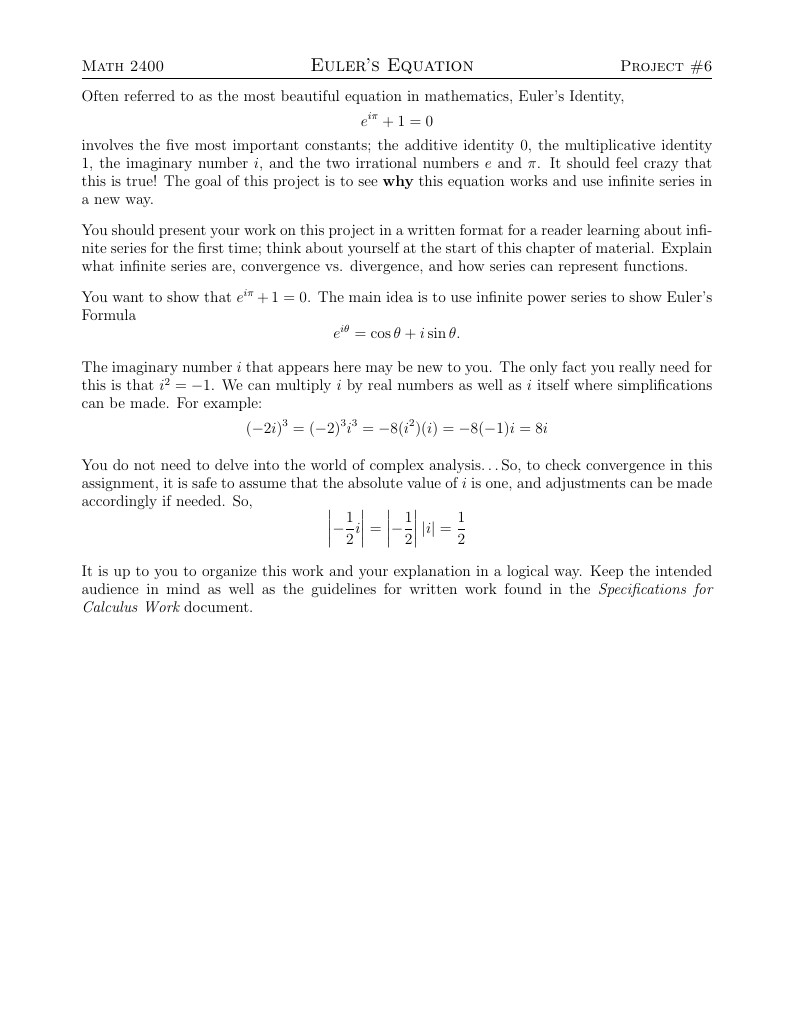
In this calculus project, students use infinite series to investigate Euler's Equation: $e^{i\pi} + 1 = 0$.
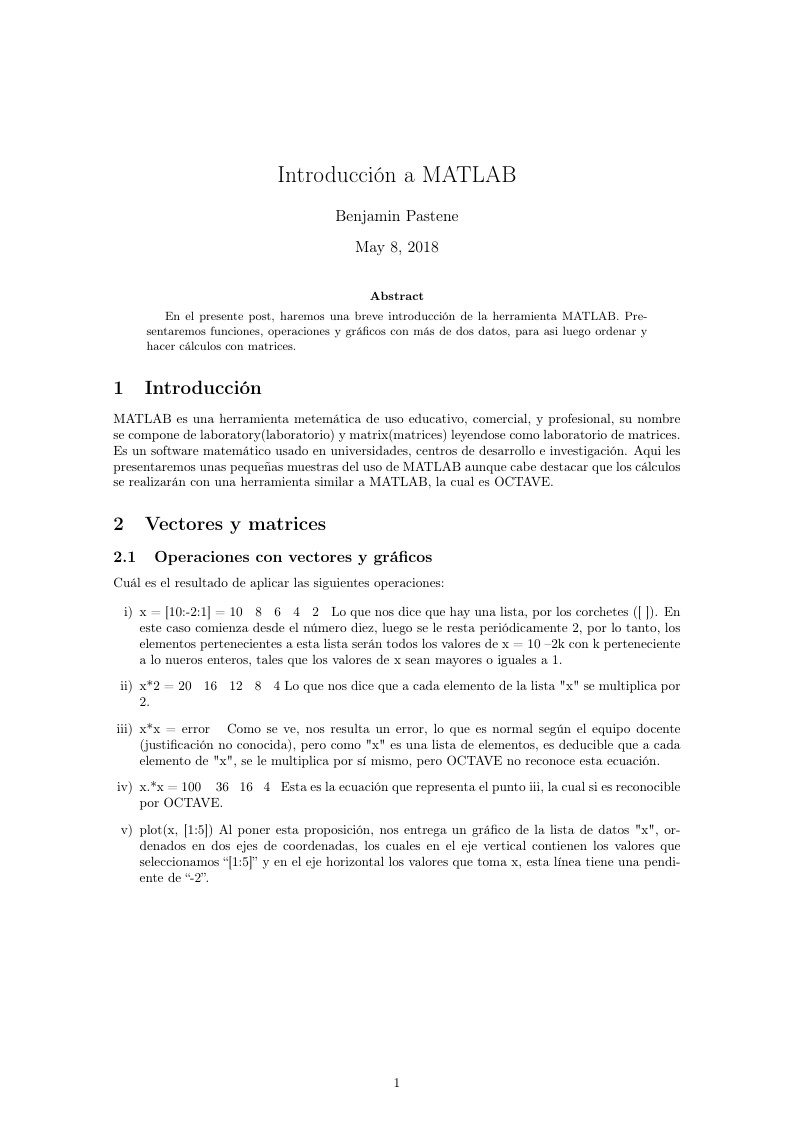
En el presente post, haremos una breve introducción de la herramienta MATLAB. Presentaremos funciones, operaciones y gráficos con más de dos datos, para asi luego ordenar y hacer cálculos con matrices.
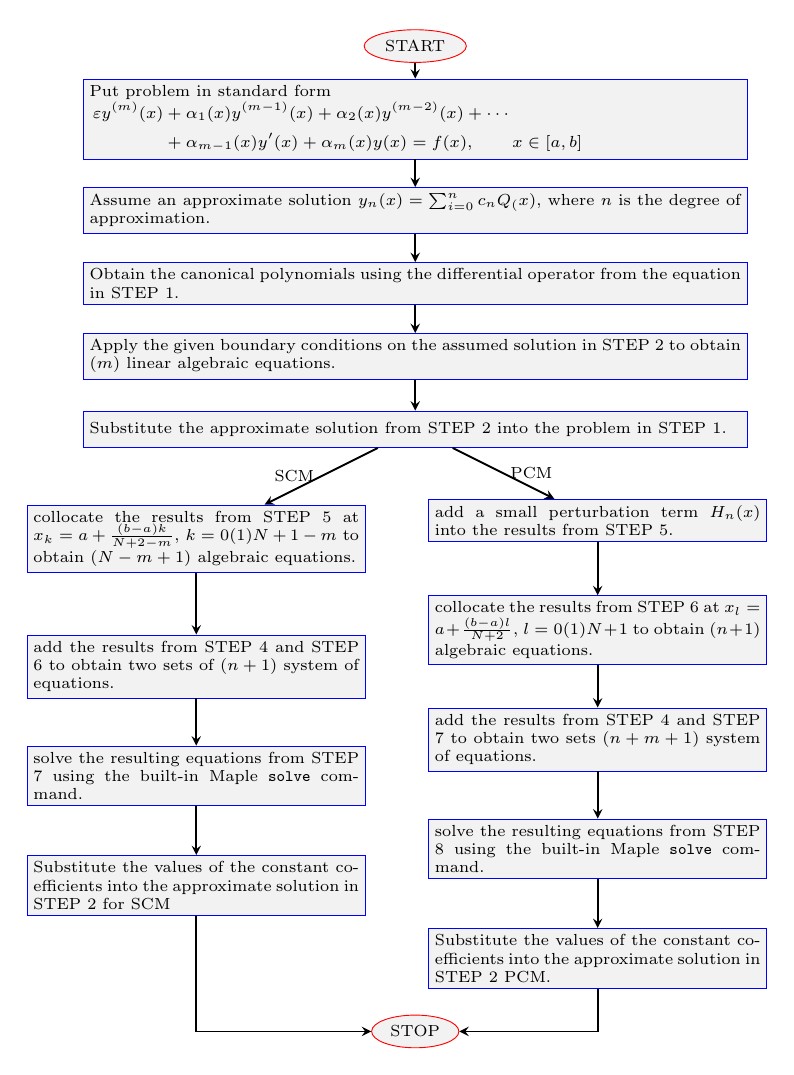
Introducing Canonical Polynomial approximation methods for solving singularly perturbed bvps.
